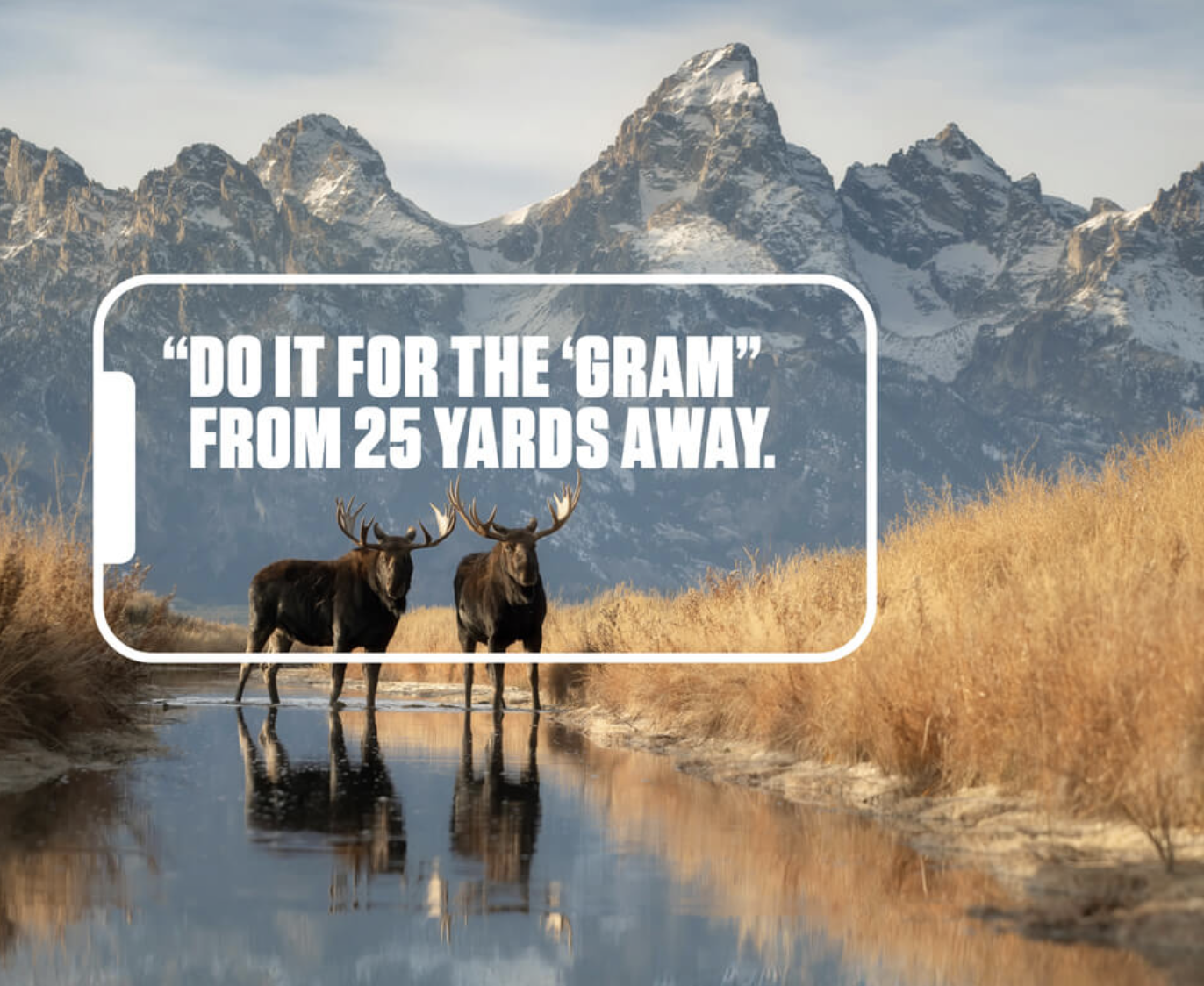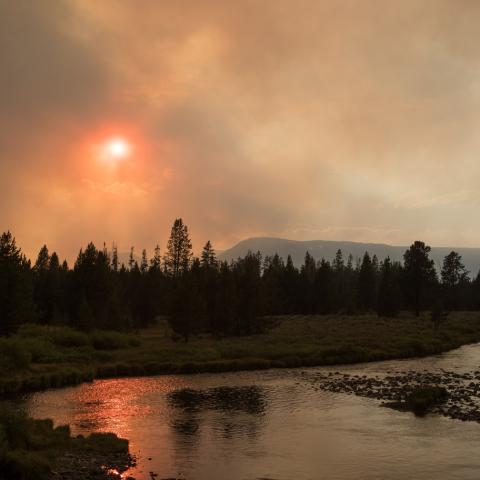
Screenshot from JHTTB
Each year, bison injure one or two tourists in Yellowstone. Most recently, this past June a woman in her 80s was gored after being within a few feet of a bison in the park. In April, an intoxicated man kicked a bison in the leg near the park's West Entrance, and the animal defended itself causing minor injuries to the man. But large animals injuring people isn't restricted to bison or Yellowstone. Since 2017, at least 21 people have been injured by moose in Colorado alone.
When people and animals come into contact in national parks, it often works out poorly for both involved. Animals can be deemed a threat and be targeted for relocation or euthanasia, and people get hurt. Parks officials warn people to remain 25 yards away from most animals including big grazers like moose and bison, and at least 100 yards from bears, wolves, or other large predators. Signs are erected throughout most parks where animals and people frequently gather, but still, every year, people get far too close, some are injured, some are cited, others show up on social media gag reels.
The Jackson Hole Travel and Tourism Board (JHTTB) recenly came up with a novel way to keep at least some visitors from encroaching on wildlife in Grand Teton National Park. They've developed a free Instagram filter called Selfie Control which they claim can help alert the user when they're too close to animal they're trying to photograph.

Screenshot from JHTTB
It's pretty simple. If you're trying to take a photo of an animal using Instagram, you load the filter, and select the animal you're attempting to photograph. A small icon of the animal appears on the screen and, if it's smaller than the image of the actual animal you're photographing, you're too close to that animal.
“So what we're excited about is giving people the ability, like another tool, to be able to really understand how far 25 yards is or how far 100 yards is,” said Crista Valentino, the executive director of the Jackson Hole Travel and Tourism Board. "Because it's difficult to judge that distance when you have such a great expanse.”
So far, the filter is preset with animals selected for areas around Yellowstone and Grand Teton National Parks — grizzly bears, bison, moose, klk, and black bear. But the filter is open source, so any park or community can use it.
The filter is available to use from the JHTTB website links, or by searching through the filters in the "Story" tab on the Instagram app.












Comments
While this article is much appreciated, an even better option is to simply delete the app and practice being trul present in the real world